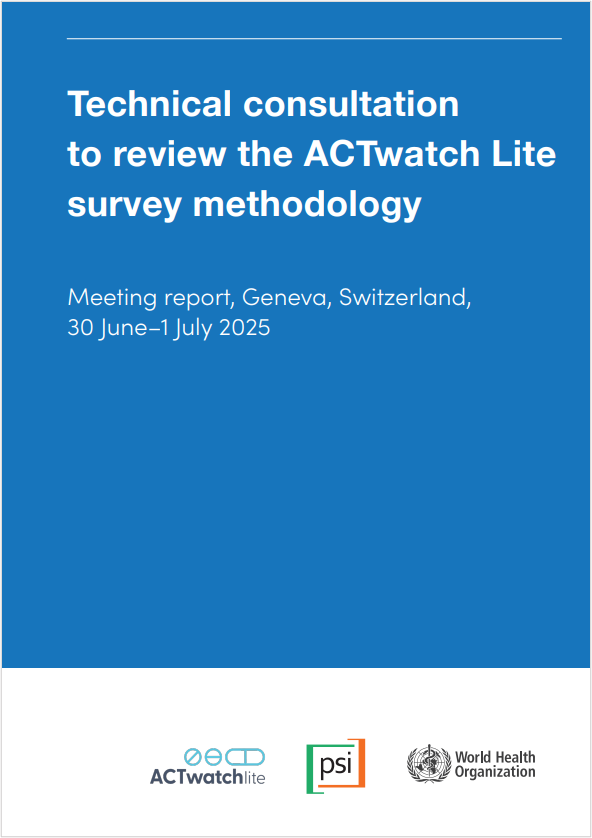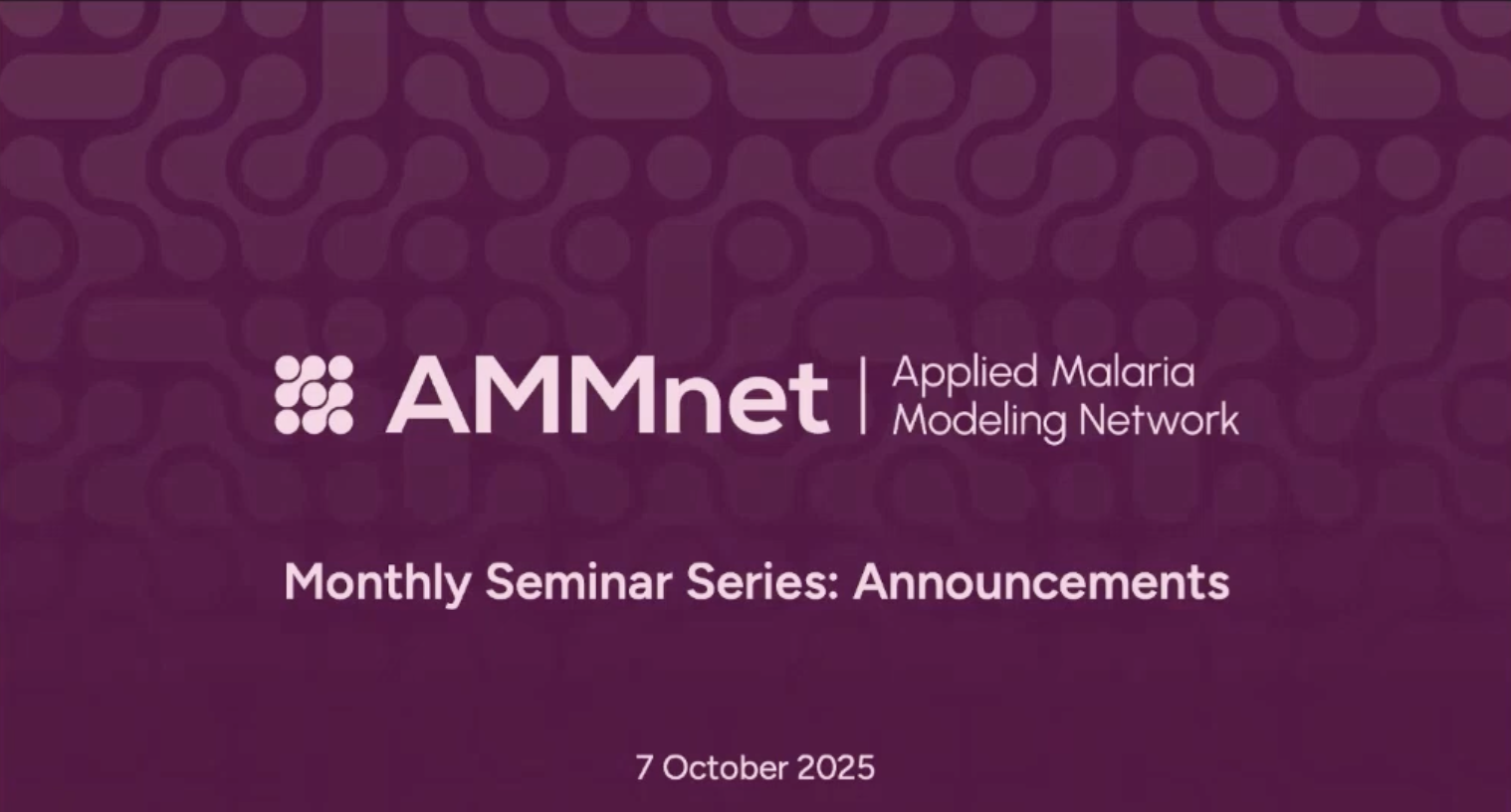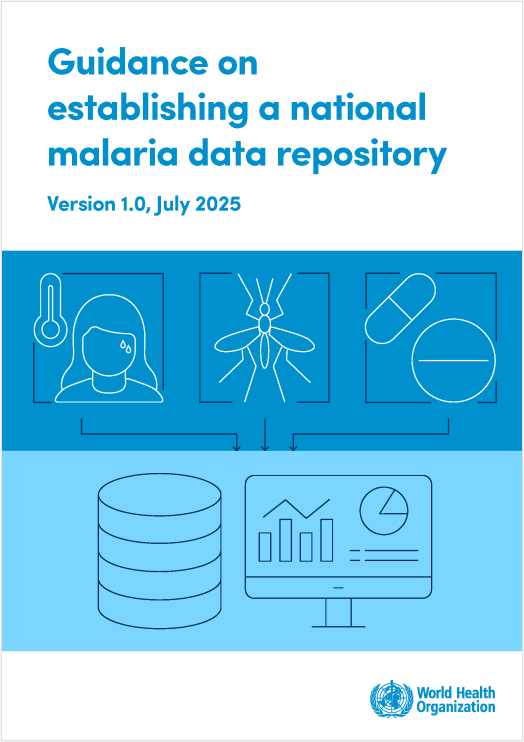Last Updated: 19/02/2025
Mopping up and getting to zero: mapping residual malaria transmission for targeted response in urban Lusaka, Zambia
Objectives
- To identify pockets of residual malaria transmission and hotspots of potential re‐introduction in Lusaka by combining the spatial‐genetic fingerprint of P. falciparum parasites presenting to health facilities, antibody reactivity to Anopheles salivary peptides among a sample of residents, and ecological measures of larval and adult Anopheles habitats derived from satellite imagery.
- To develop risk maps of residual transmission and the risk of onward transmission from imported malaria cases through identifying the spatial and genetic clustering of circulating P. falciparum parasites and linking remotely sensed mosquito breeding sites to serological measures of exposure to Anopheles salivary peptides.
- To assess the sensitivity of risk maps to target malaria interventions to stop the importation and spread of malaria transmission in Lusaka, Zambia.
Summary of findings:
Introduction
With very low malaria incidence, Lusaka is close to elimination. To support this, reactive case detection (RCD) test and treat responses were implemented as standard from 2011. Due to the low incidence, Lusaka presented a perfect environment to test whether molecular tools could detect ongoing transmission events with greater sensitivity and therefore identify hotspots than traditional diagnostic based incidence. Furthermore, risk maps quantifying ongoing transmission were attempted.
Results
Epidemiological: No significant spatial or temporal clustering was identified. Similarly, no association with a range of standard environmental factors were identified. However, a significant association was identified between proximity to vacant land (<250m) and the likelihood of identifying a secondary positive.
Molecular: Nested PCR analyses were able to identify an additional ~5% RDT-negative samples. SNP genotyping showed a high level of genetic diversity within samples successfully barcoded, with only two samples having the same barcode. A range of COI were generated a positive correlation between increasing COI and travel. The salivary peptide ELISA did not show any difference between positive and negative controls and was therefore not pursued further.
Discussion
The finding that transmission is positively associated with proximity to vacant land suggests that interventions should be prioritized to communities living around vacant land where breeding sites presumably continue to exist. Further investigation is needed to determine what types of vacant land are most problematic for malaria transmission.
Higher than expected genetic diversity was identified in the population, with only one shared barcode, while ~66% and ~26% of samples had an estimated COI of 1 or 2 respectively. With >85% of cases reporting a travel history this suggests that importation could potentially be maintaining high genetic diversity in the circulating parasite population.
Epidemiological: All RCD data were geocoded and associations between household case and ecological factors were examined. Lusaka was digitized as inhabited or uninhabited and the association between distance to uninhabited areas and finding malaria positives during RCD was analyzed.
Molecular: During RCD responses, blood spots were collected from consenting individuals tested with a rapid diagnostic test (RDT). DNA was isolated from samples and a sensitive nested PCR approach was employed to identify all PCR-positive, RDT-negative samples. PCR and RDT positive samples were genotyped using a 24 single nucleotide polymorphism barcode, which was also used to estimate the complexity of infection (COI). An ELISA measuring salivary peptide exposure was also examined.
Apr 2014 — Sep 2015
$199,751


